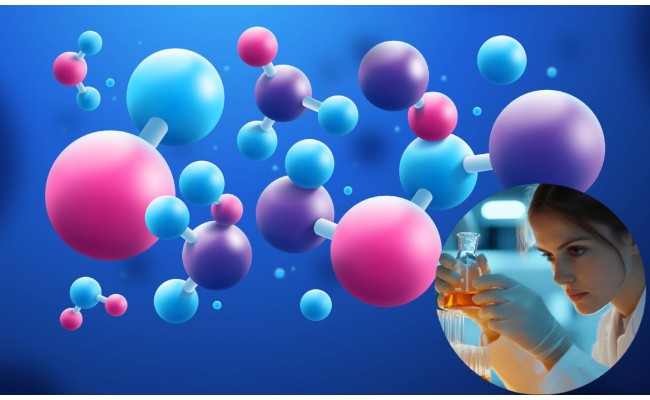- Call: +1 850 633 2663

Grafting is a transformative chemical process that modifies the properties of polyolefins like polypropylene (PP), polyethylene (PE), and ethylene-vinyl acetate (EVA) by attaching functional groups or side chains to their polymer backbones. This technique is widely used to enhance compatibility, adhesion, and reactivity, making these materials suitable for advanced applications such as polymer blends, composites, and adhesives. One of the most common grafting agents is maleic anhydride (MAH), which introduces polar groups onto non-polar polyolefin chains, improving their interaction with other materials. For instance, MAH-grafted PP is extensively used as a compatibilizer in polymer blends, while MAH-grafted PE finds applications in cable insulation and coatings.
The grafting process often relies on free radical chemistry, initiated by peroxides like dicumyl peroxide or di-tert-butyl peroxide. However, the choice of initiator, reaction conditions, and process design (e.g., reactive extrusion) significantly impacts the efficiency and quality of the grafted product. Reactive extrusion, in particular, is favored for its scalability and ability to handle high-viscosity polymers. Despite its advantages, grafting poses challenges such as controlling melt viscosity, preventing gel formation, and ensuring uniform MAH content. Additionally, safety concerns related to handling peroxides and maleic anhydride require careful attention.
By mastering the chemistry and process parameters, manufacturers can tailor grafted polymers to meet specific performance requirements, unlocking new possibilities in material science and industrial applications. This makes grafting a cornerstone of modern polymer engineering, driving innovation in sustainability and functionality.
This must have online training offers a multitude of compelling reasons.
1. Understand the key differences between PP and PE during grafting reactions.
2. Learn why reactive extrusion is the preferred method for polyolefin grafting.
3. Gain knowledge of free radical chemistry and how to choose the right peroxides or alternate initiators.
4. Master screw design considerations for optimal grafting efficiency.
5. Develop skills to troubleshoot common challenges such as gel formation, melt viscosity control, and MAH content measurement.
6. Explore the use of grafted polymers as compatibilizers in polymer blends.
This is highly recommended and must have training for chemical industry professionals engaged in diverse polymer application/formulation areas; in particular:
- R&D professionals in the plastics and chemical industries
- Polymer scientists and researchers
- Process engineers and technicians
- Quality control and production managers
- Students and academics in polymer science and engineering
0 reviews